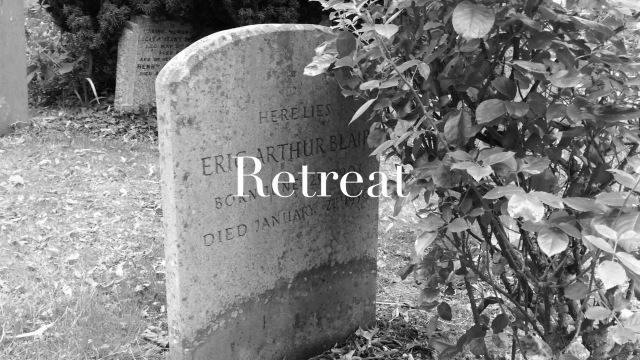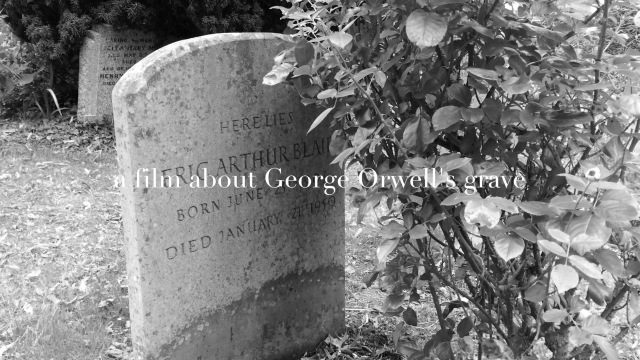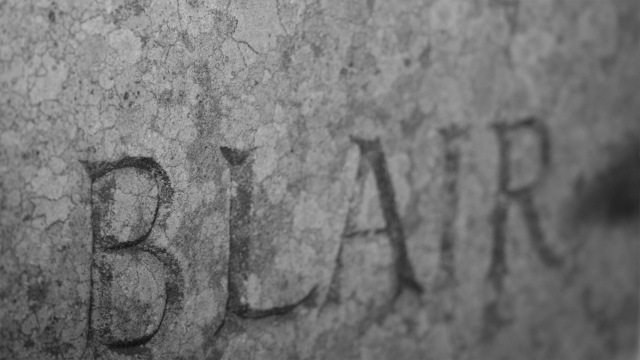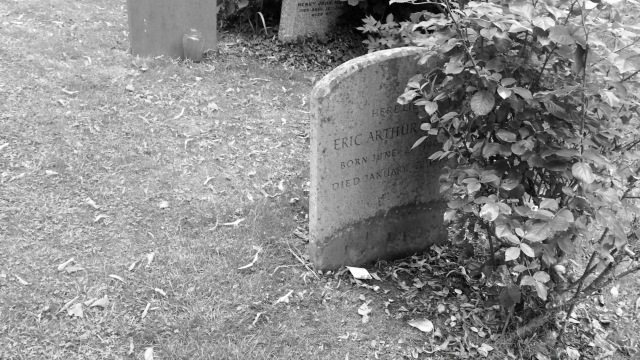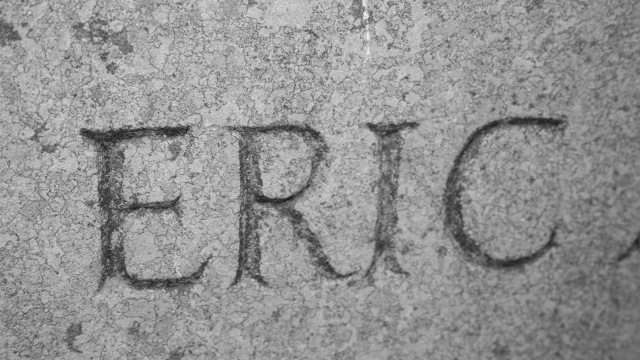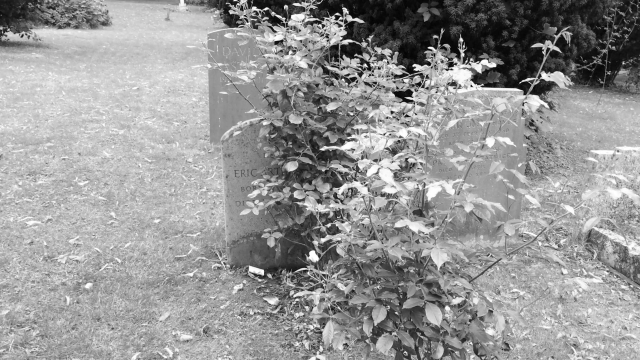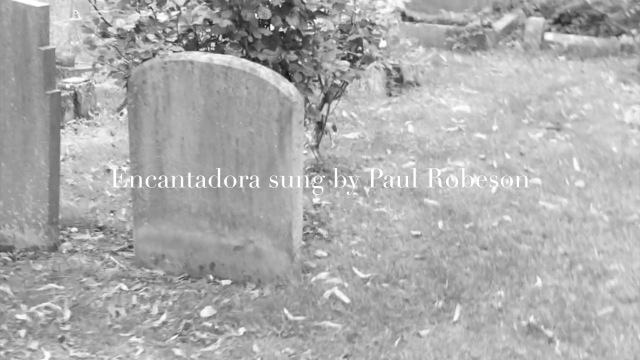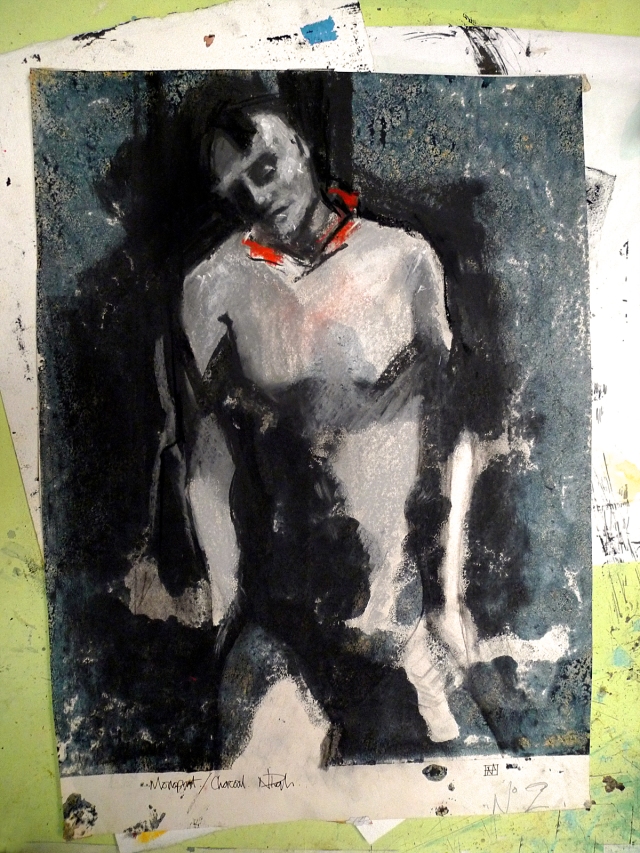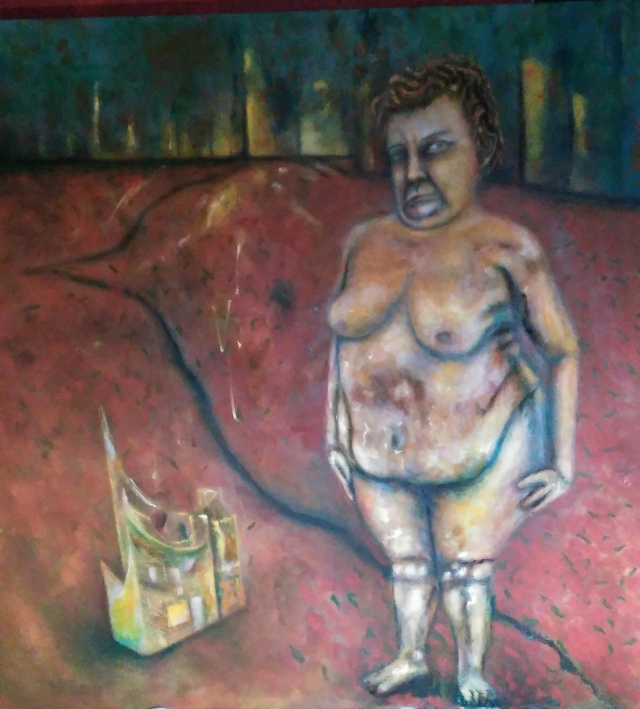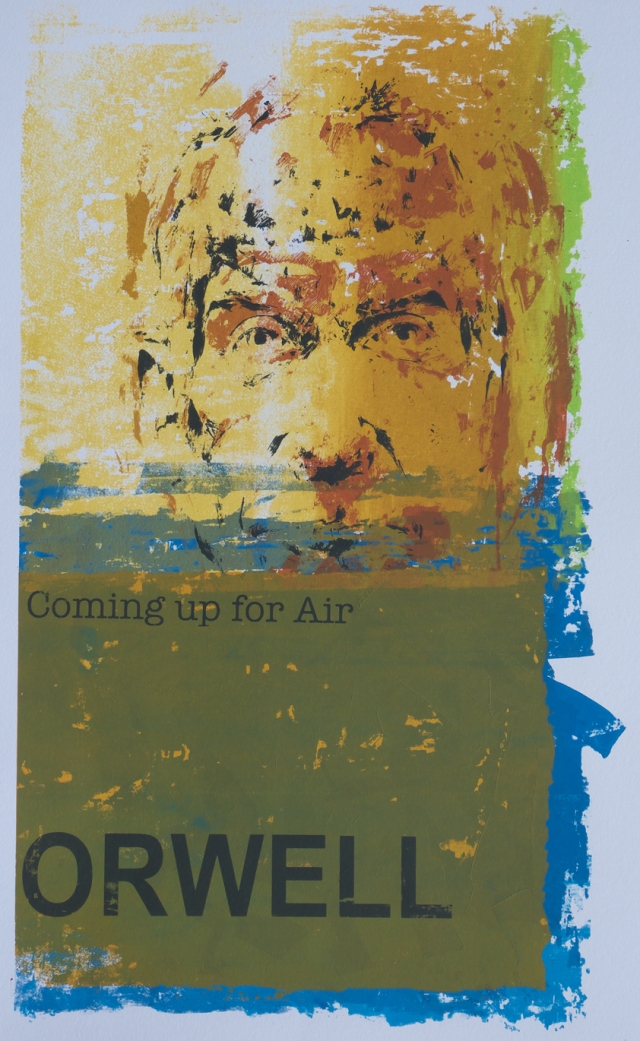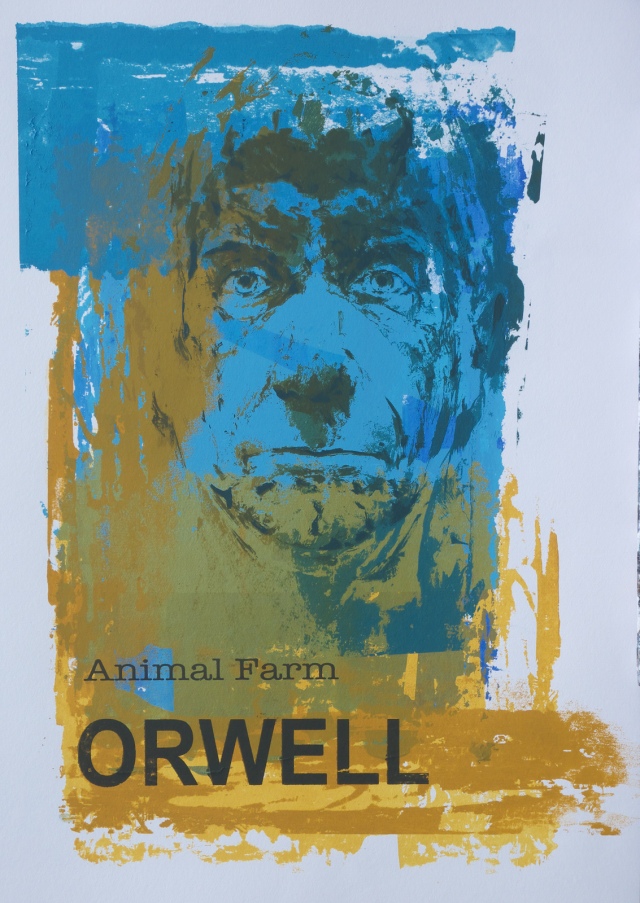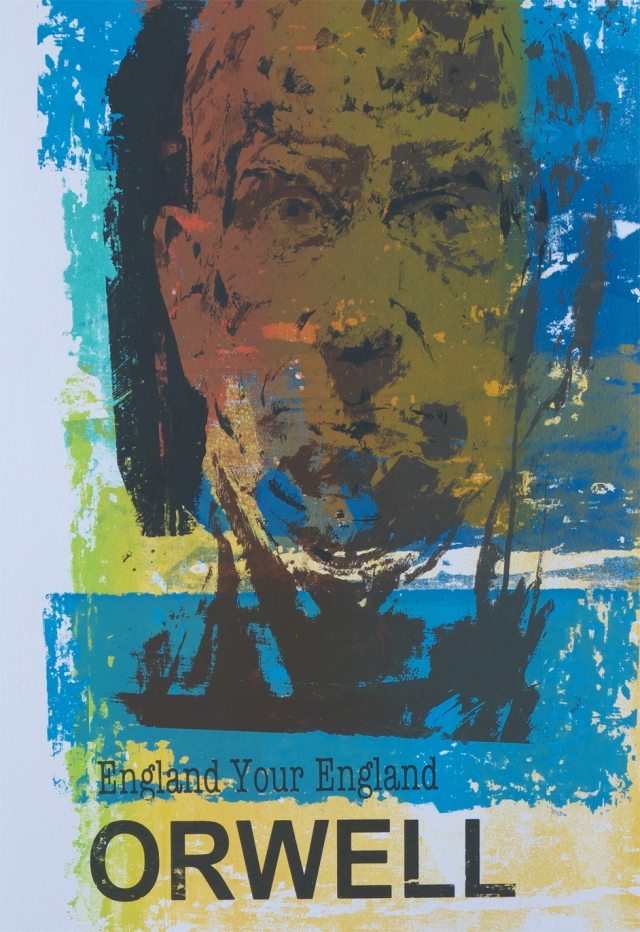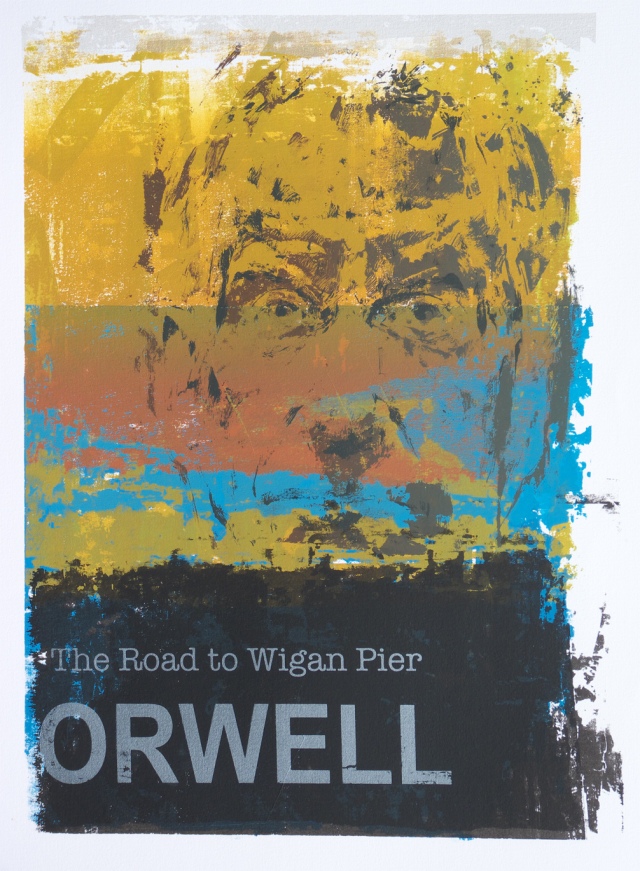Susannah Oliver
A Spoonful of Ignorance
“Honestly, I have not previously considered how my work relates to or is influenced by that of George Orwell, more than to be generally aware of his personal influence plus that of his writings to the world as I perceive it. There are themes in common, the power of the word, identity and personal agency, the world as it intrudes into our daily lives through the media and the screen. But what do I know about George Orwell – truthfully, not a lot.
True, I read “Animal Farm” at school and was dismayed, but perhaps not surprised at its end. With my Welsh English teacher we also studied “Lord of the Flies” and “Of Mice and Men”, but I preferred “Pride and Prejudice” and the “Flambards” series and “To Kill a Mockingbird”, all softer and less intellectual perhaps, but they were all written by women and each one spoke to me. My English teacher opened a door for me, unlike my art teachers, who never rated my creations, she saw something in a poem I wrote and suddenly I had someone looking at me, I wasn’t one of the nameless, studious, quiet ones in the class any more, I was noticed and I had a voice.
She was perhaps cleverer than I would ever have given her credit for. She gave us as our first assignment, ‘How to Make the Perfect Cup of Tea’, perhaps set in some form of literary tribute to Orwell, after his article “A Nice Cup of Tea” published in the London Evening Standard, on 12th January, 1946. I think I got a pretty good mark for my essay, but George Orwell, if I ever knew he was somewhere behind the actions of my teacher, didn’t figure to me, my teacher did.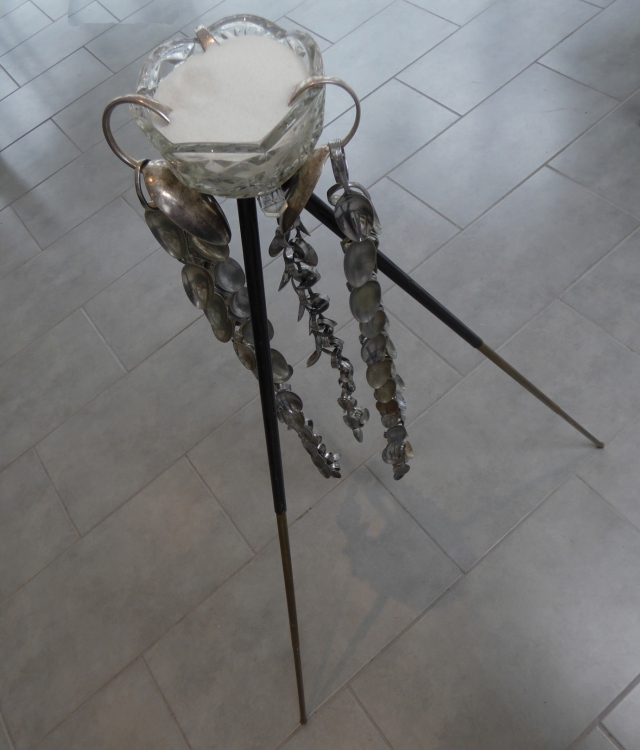
In ‘A Spoonful of Ignorance’ I ask the viewer to consider how their family teaspoons may have dipped into the misery of the Triangular Trade.
I am a sculptor, teacher and ‘maker’. I have been known for my public commissions in steel, but this has never been the only material I have used, or medium I have worked in. Generally what I do is make things, I aim to make things that delight and engage, but which do have a practical role or impact in people’s lives. I use everyday objects to create work that attempts to draw others into conversations on wider concerns. Art can be fun and lighthearted, yet very serious. The fluorescent and glittered soldiers in ‘Fields of Particularity’ echo the drawers of collected butterflies and moths in Victorian museum stores, pinned in some obscure and unknowable order by an unseen and unaccountable collector. The figures are all individual. With children the soldiers become playthings. The child becomes the collector, they can make them stand, lie, die, dance, kiss, stand in groups, fight, oppress, include, exclude. I ask the children which soldier figure they identify with.
My art has at times been concerned with sexual politics and identity politics and the stupidity of war. As President of my Art School Students’ Union I marched against the Alton Bill and Section 28 and many years later in 2003, I joined what some called and what certainly felt like, the largest march in London, against the decision of the government of another Mr Blair, to go to war in Iraq. Then I watched as the men and women brown and green marched into transport planes on my TV, I have since watched as oppressed people marched for freedom and as besieged families fled in terror in inflatables. Now I don’t march, I petition with a ‘click’.
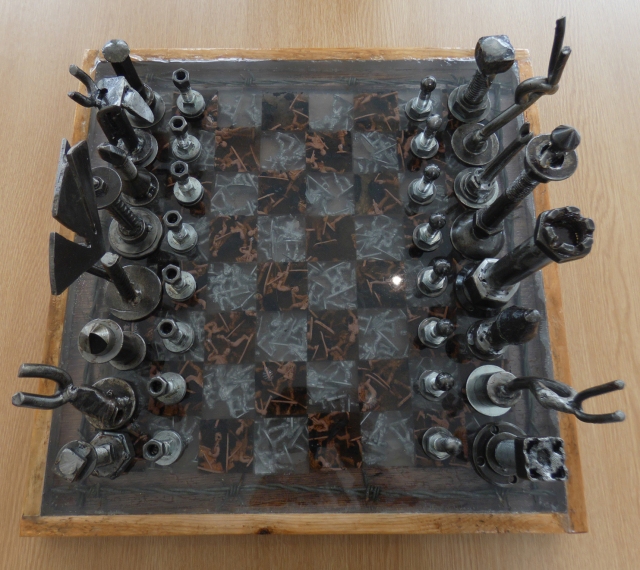
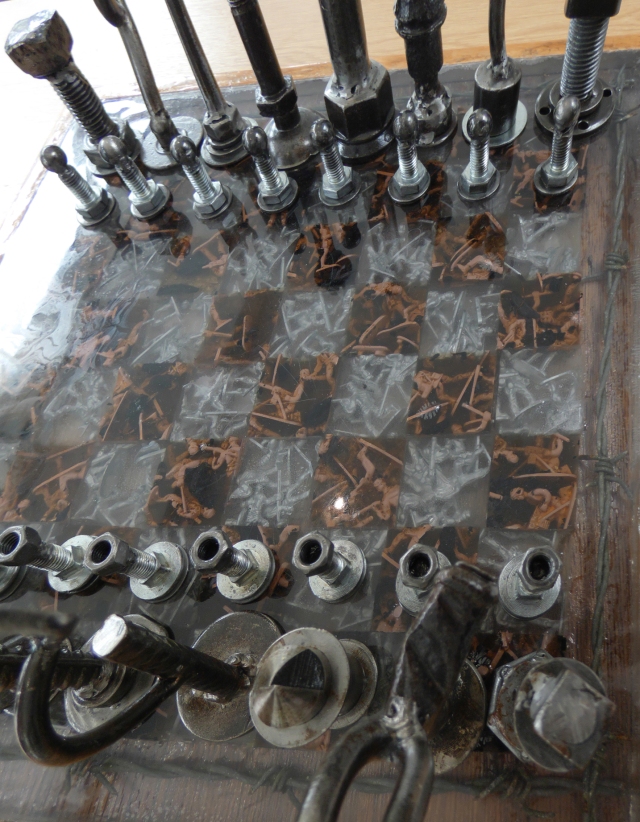
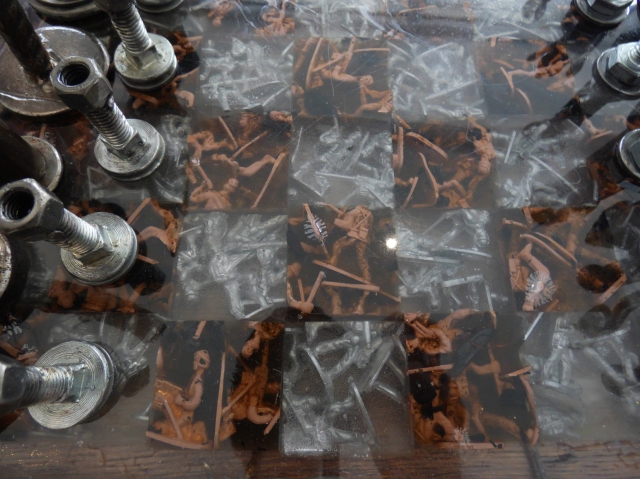
The chess board piece ‘Battleground’ considers the well-fought-over places that are the grave sites from previous wars and the location of bloodshed yet to come. ‘Battleground’ [the Chess board] and ‘Realpolitik’ [the two sets of pieces] were created as separate works, but as visitors started using them together, they were exhibited together in the last two shows. However, in some ways, I still see them as separate art pieces, rather than as a single ‘chess set’.
In spite of, or perhaps because we have both at some time been teachers, I am hesitant in comparing myself with Mr George Arthur Blair – perhaps I feel I have more in common with Eileen O’Shaughnessy, his first wife, who apparently stemmed Orwell’s tide of decline and helped make his greatest works possible? She in the background, she who wrote a poem (“The End of The Century 1984), which others have linked to Orwell’s later novel entitled with the same year.
All art is political, all life is political, by the stances we take and the choices we make, even those who choose not to vote because they feel disenfranchised. I have chosen to work in education, I choose to make my statements personally, I choose to engage in politics in person.”
© Susannah Oliver 2018
Susannah Oliver is a sculptor and teacher trained at Winchester School of Art and Homerton College, Cambridge. ” I have been working as a public commission sculptor, an artist in schools and community workshop artist for twenty-three years. I have completed public sculpture commissions in Hertfordshire, Cambridgeshire and Bedfordshire.In allied work I have worked as a sculptor’s studio assistant, helped run a new media gallery, lectured in media and been a museum educator”.

